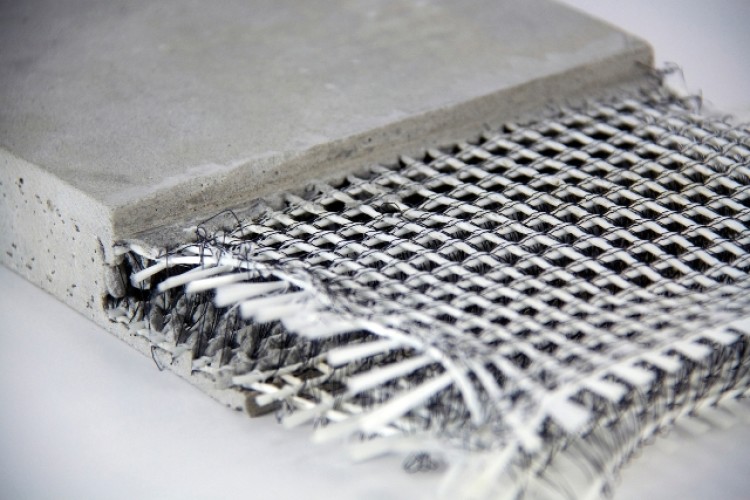Opening the Environmental Advantages of Recycled Composites in Building and Layout
In the world of building and construction and style, the application of recycled compounds holds substantial assurance for improving sustainability techniques and reducing environmental influence (composites). By incorporating these ingenious products, there is a possible to attend to vital concerns such as waste minimization, energy preservation, and a decline in carbon impact. The shift in the direction of a more sustainable future in these markets depends upon opening the full potential of recycled composites. This discussion will certainly explore the multifaceted advantages and obstacles connected with integrating recycled composites into construction and design, offering a look right into the transformative opportunities that exist in advance.

Environmental Impact Reduction
The decrease of ecological effect with using recycled composites in construction and layout plays an important role in lasting techniques. By integrating recycled composites into structure materials, the construction sector can substantially reduce its carbon impact and add to a much more green future. These sustainable products, made from repurposed plastics, wood fibers, or other recycled aspects, provide a viable option to conventional construction products without jeopardizing on quality or durability.
Recycled compounds help draw away waste from landfills and lower the demand for drawing out resources, therefore preserving natural sources. Additionally, the production process of these composites often eats much less energy and releases fewer greenhouse gases compared to producing virgin materials (composites). This shift in the direction of utilizing recycled compounds not only lessens ecological harm however additionally promotes a round economy by motivating the reuse of products that would otherwise be thrown out
Waste Reduction
With a focus on decreasing waste in construction and design, the combination of recycled compounds uses a lasting option to reduce environmental effect. Waste reduction is a vital element of lasting practices, and the use of recycled compounds presents a chance to accomplish this objective effectively. By utilizing materials that have already offered their initial function, such as recycled plastics or recovered timber fibers, the building and design industries can substantially minimize the quantity of waste generated and sent to landfills.
Recycled composites have the potential to divert substantial amounts of waste from conventional disposal techniques, adding to an extra round economy where resources are utilized efficiently. Additionally, the manufacturing procedure of recycled composites frequently consumes less power and generates less discharges compared to virgin materials, even more minimizing the environmental footprint of building and design tasks.
Implementing waste reduction approaches via the unification of recycled compounds not just aids in preserving all-natural resources but additionally advertises a much more sustainable method to building and making for a greener future.
Power Conservation
Including recycled compounds not only reduces waste in building and layout however also plays an important role in boosting energy preservation methods within the sector. The use of recycled compounds in building can considerably contribute to power conservation via different methods. The production of virgin products normally requires significant energy inputs, whereas utilizing recycled compounds consumes much less energy, therefore decreasing total energy usage. In addition, incorporating recycled compounds can add to much better insulation buildings in buildings, lowering the need for extreme home heating or cooling, and as a result decreasing internet power usage for environment control. Furthermore, the lightweight nature of several recycled composites can cause lighter structures, requiring much less power for transportation and installment. By promoting making use of recycled compounds in construction and style, the market can make substantial strides towards achieving energy performance and lowering its carbon impact, ultimately contributing to a more sustainable built environment.
Carbon Footprint Decrease
Enhancing sustainability methods through the utilization of recycled compounds in building and construction and style substantially minimizes the carbon footprint of the industry. By including recycled materials into the manufacturing of composites, the need for virgin sources lowers, causing lower energy intake and greenhouse gas exhausts related to standard manufacturing procedures. This reduction in carbon impact is important in combating climate adjustment and promoting a much more eco-friendly technique to building and layout.
The carbon footprint reduction accomplished via the fostering of recycled composites straightens with the international push towards lasting techniques and the decrease of commercial emissions. Eventually, by focusing on the assimilation of recycled composites, the sector can make substantial strides in decreasing its carbon footprint and contributing to a more sustainable future.
Sustainable Future
The assimilation of recycled composites in building and layout not only addresses prompt environmental problems however additionally lays a more information solid foundation for a lasting future in the market. By including recycled composites right into building products and products, the building and layout industries can significantly minimize their dependence on virgin resources, bring about a much more round economy. This shift in the direction of sustainability is important for mitigating the environmental influence of traditional building techniques, which usually result in high levels of waste generation and source deficiency.

Final Thought
In final thought, recycled composites provide considerable environmental benefits in construction and design by decreasing environmental impact, decreasing waste, preserving power, reducing carbon impact, and advertising a sustainable future. Embracing making use of recycled compounds can contribute to a much more environmentally-friendly strategy to structure and style, inevitably leading to a more lasting and greener future for all.
The decrease of environmental influence via the use of recycled composites in construction and style plays an essential duty in lasting practices.With an emphasis on decreasing waste in building and design, the integration of recycled compounds provides a lasting option to decrease environmental effect. By promoting the usage of recycled composites in building and construction and design, the sector can make considerable strides towards accomplishing energy performance and decreasing its carbon impact, eventually adding to a much more lasting developed environment.

Comments on “Composites: The Secret to Modern, Lasting Construction”